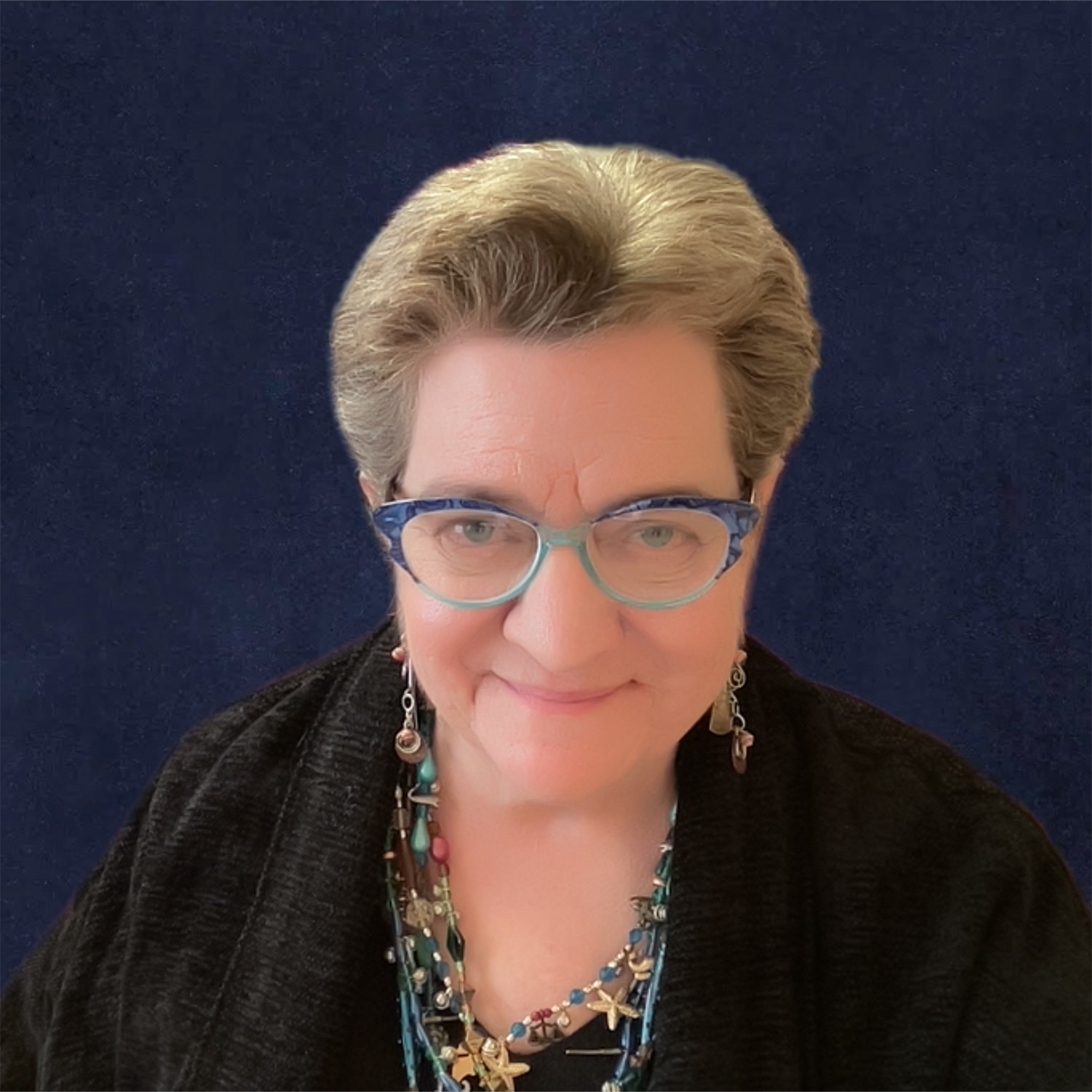We were lucky to catch up with Marianne Xenos recently and have shared our conversation below.
Marianne, we’re thrilled to have you sharing your thoughts and lessons with our community. So, for folks who are at a stage in their life or career where they are trying to be more resilient, can you share where you get your resilience from?
Resilience, for me, is a work-in-progress rather a finished product. Resilience is about being in motion, trying and failing, creating and then recreating. Resilience is a practice. My grandparents modeled resilience for me and my cousins. Three of my grandparents were immigrants, and one was the son of immigrants. Migration requires resilience. It’s all about navigation, high-stakes learning, and the balance between assimilation and cultural integrity—holding a core of self even when facing ridicule or oppression.
My parents also taught me resilience, especially my mother who was a single mother for most of my life. Both my parents worked difficult blue-color jobs, and both experienced hardship as children. When I was a kid, my mother went through a difficult time and hit a sort of bottom, but the bottom didn’t break her. She had sisters and friends and people who cared for her. I learned from her struggles, as well as from her ability to accept support and love.
Six years ago, I became critically ill. I spent weeks in a coma and over a month on a ventilator, and when I woke, I could no longer walk nor talk. Learning to stand as an adult is a more painful task than learning to stand as a toddler. But luckily, I had studied dance for ten years — never good enough for the stage — but I loved it. And my depleted muscles remembered dancing. All that stretching, extending, finding balance, and engaging my “core”. Resilience, to me, is like dance—stretching to my limit while still respecting the limit. Also bringing focus to the body, bending without breaking, and knowing when to pull back. Several disabilities remain from my illness, and every day I prod the boundaries of my disability — gently, with mindfulness, and never overextending. That’s part of the practice of resilience.
Thanks, so before we move on maybe you can share a bit more about yourself?
I’m a writer and a visual artist, although lately I’ve been focusing on writing speculative fiction stories.
As an artist, I’ve been exhibiting for forty years. I work with collage, photography and mixed media and belong to Gallery A3, an artists’ cooperative in Amherst, MA, where I’ve been a member for twenty-two years. This spring I’ll be in a group show at the Art for the Soul Gallery in Springfield, MA.
Although I’ve been writing since I was a kid, I became more serious about speculative fiction three years ago. I sent out my first short story in 2022 and have now published fifteen stories in literary magazines and anthologies. My work is primarily fantasy, and I most love stories about magic that include shapeshifters, ghosts, or helpful aunties. My big project is a novel set in Boston’s gay community in 1983 that involves a mix of urban magic.
If you had to pick three qualities that are most important to develop, which three would you say matter most?
The three qualities I have found most helpful on my journey are stubbornness, humor, and gratitude. Some people think stubbornness is a bad quality, so we could call it perseverance, but I like the first word better. Stubbornness makes me smile because I think of donkeys or dogs or toddlers learning to stand. All creators need a stubborn streak because sometimes finishing the work is the only reward. Humor is also important to me because it puts things in perspective.
I have a lot to say about gratitude, and not enough space here. One short anecdote: when I was learning to walk again, I realized I had a choice. I could be angry at my illness, or I could be grateful for my feet. I chose my feet. I can now be bitter that my coordination has changed, and visual art is more difficult than it used to be, or I can be grateful for language and my fingers on the keyboard.
My advice is to never let resentment drain your creativity. Obstacles are constant, especially as we age, gratitude and humor help us rethink our path more fluidly. And stubbornness helps.
What would you advise – going all in on your strengths or investing on areas where you aren’t as strong to be more well-rounded?
In general, I believe in being well rounded. I went to the Studio for Interrelated Media at Mass. College of Art, which is a cross-disciplinary program. While I studied photography and collage, I also took dance classes (with no regrets). My visual art often includes stories or words, fragments of my writing, and I like the way different disciplines strengthen and support one another. At the same time, focus and depth is helpful in any discipline. Right now, I’m writing, and everything else is on the side. But I’ve noticed that my stories draw on all the experience and all the creative work of the past. Nothing is wasted, and it all makes for a better story.
Contact Info:
- Website: https://mariannexenos.com/
- Instagram: https://www.instagram.com/mariannexenos/
- Facebook: https://www.facebook.com/mariannexenosauthor
- Twitter: Threads: https://www.threads.net/@mariannexenos
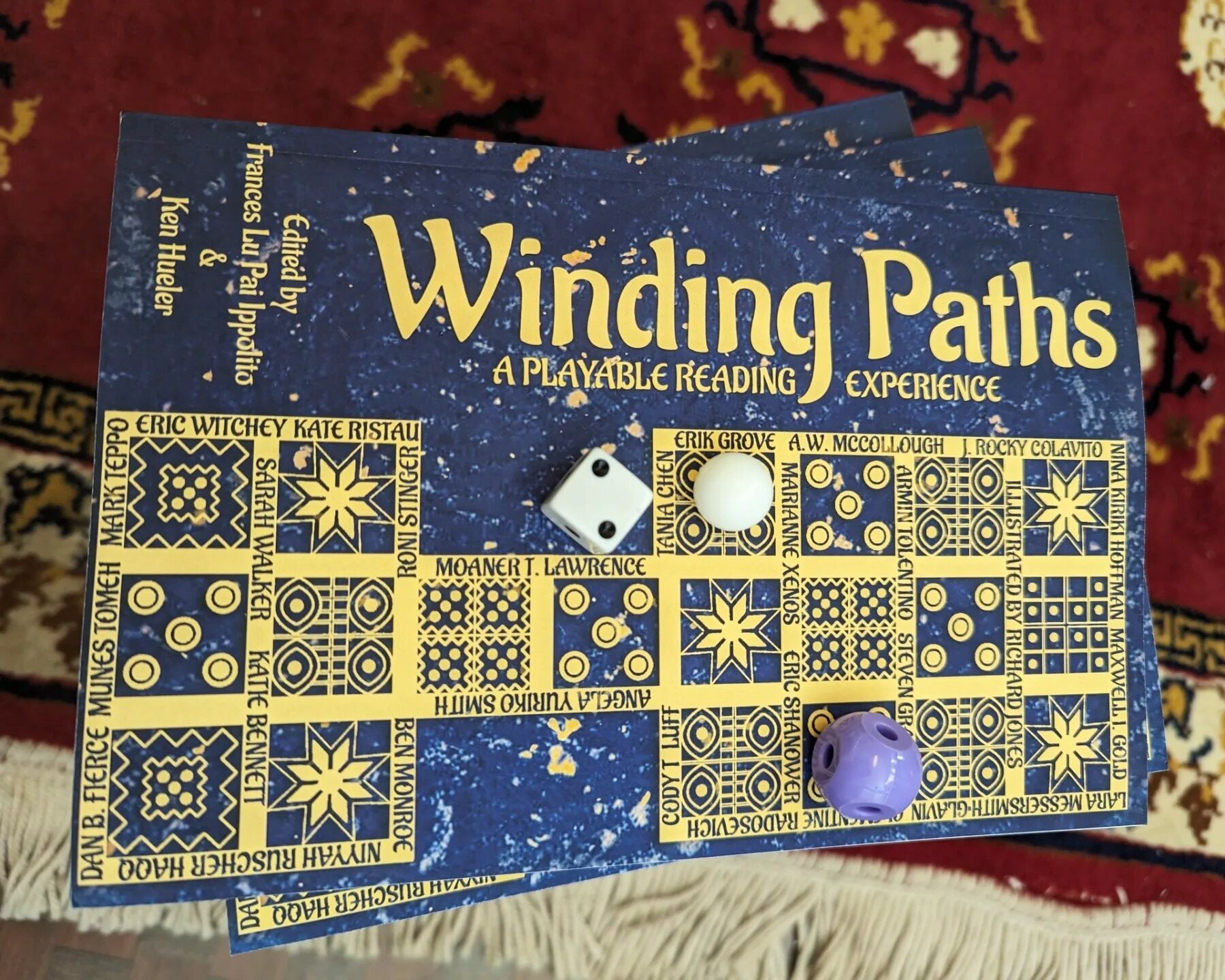
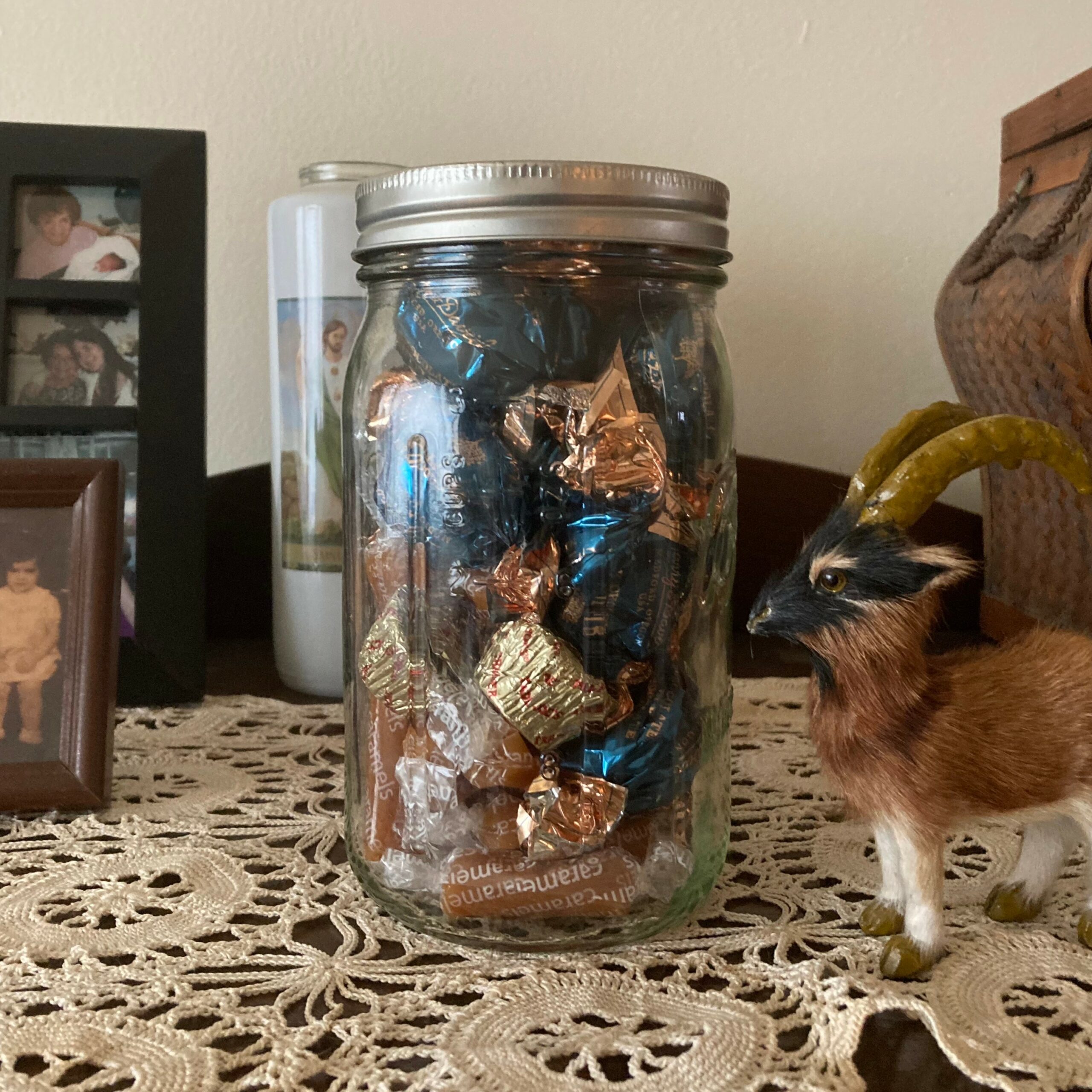
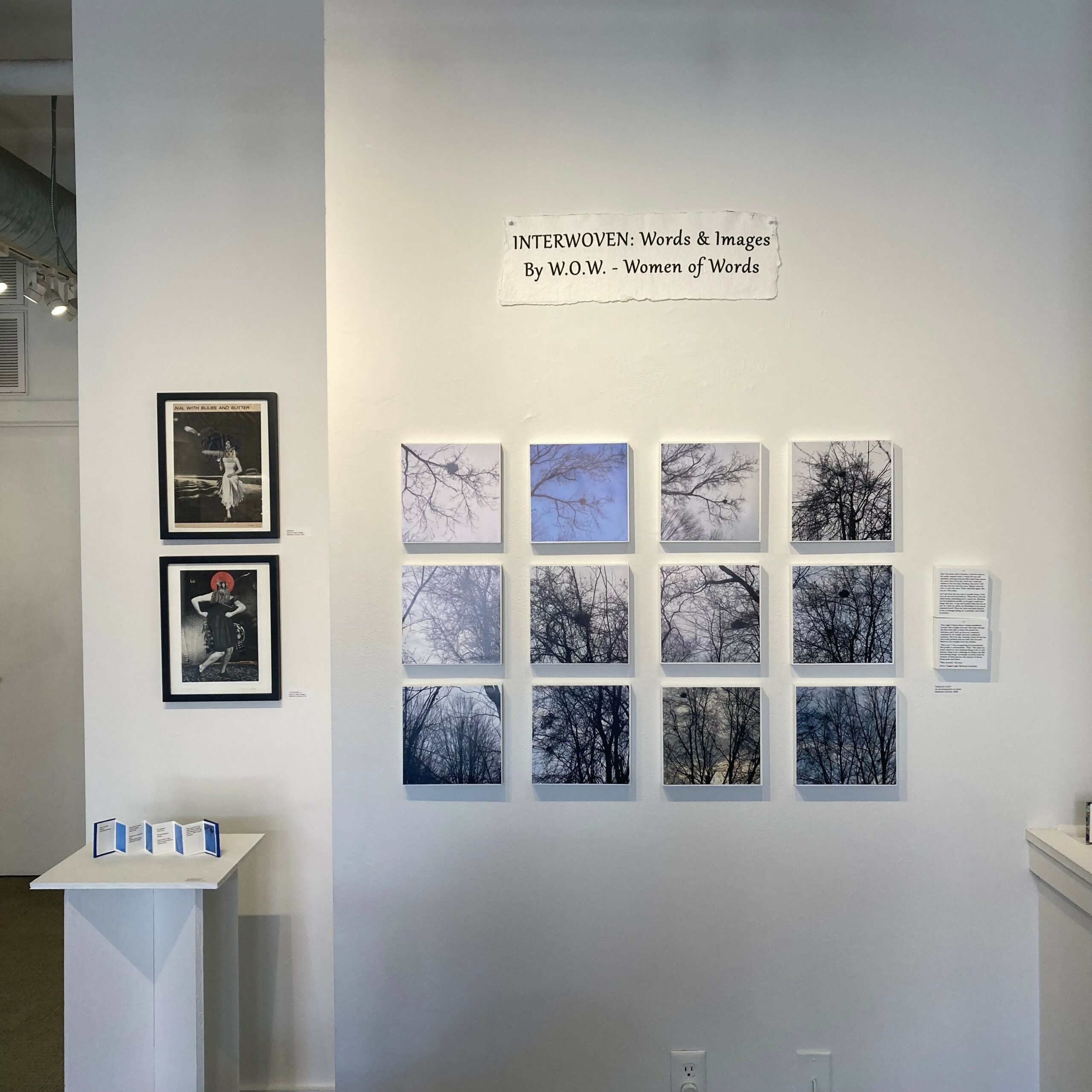
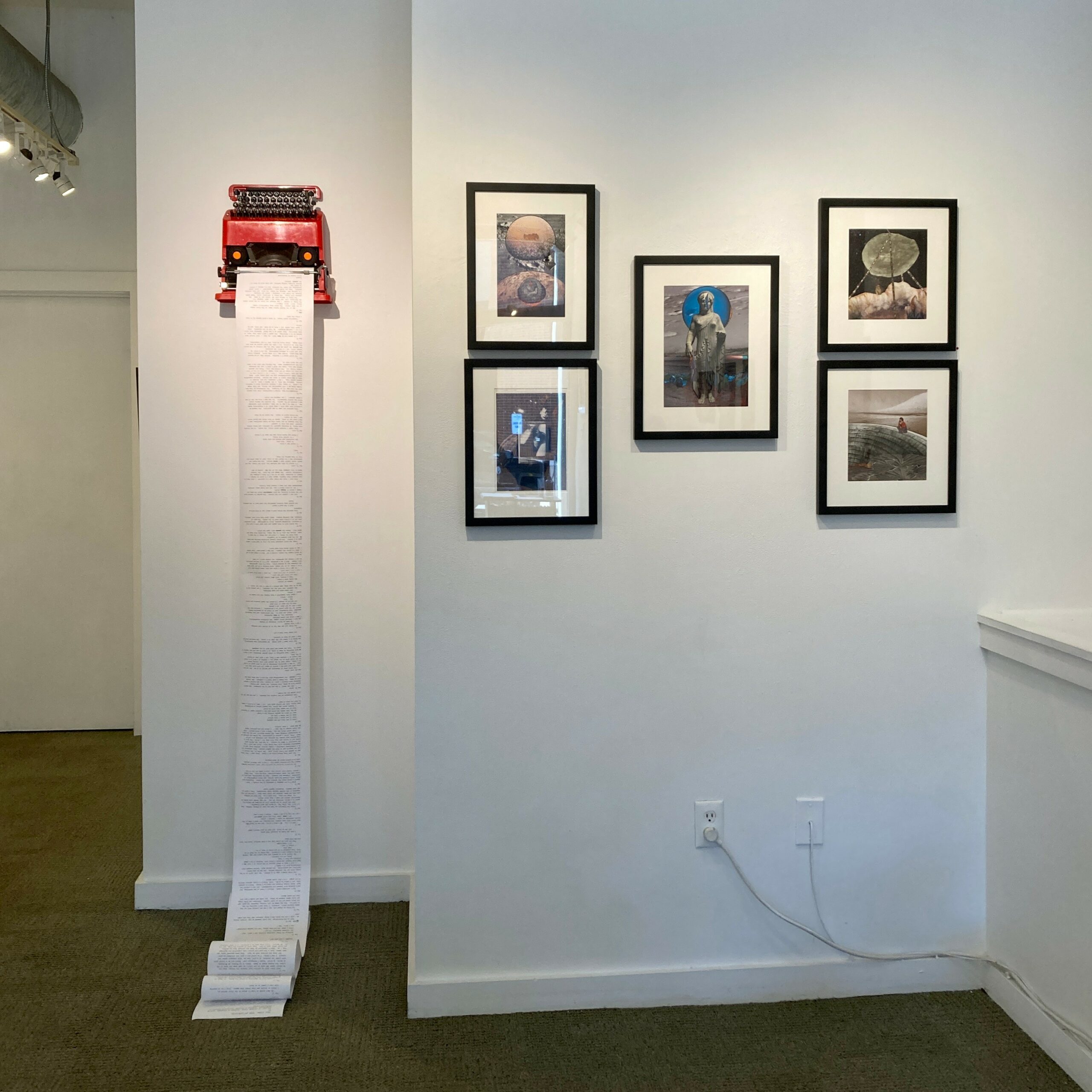
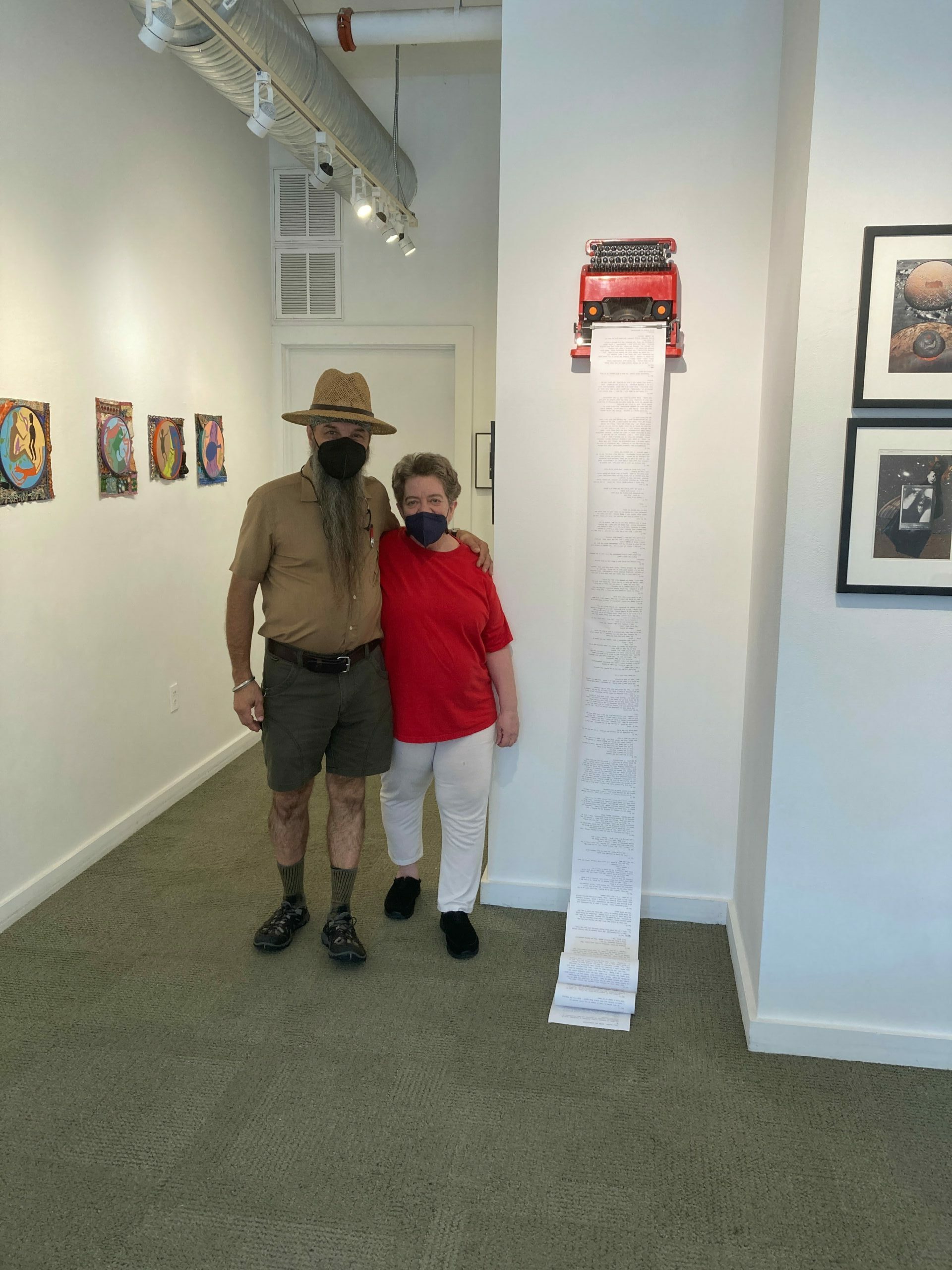
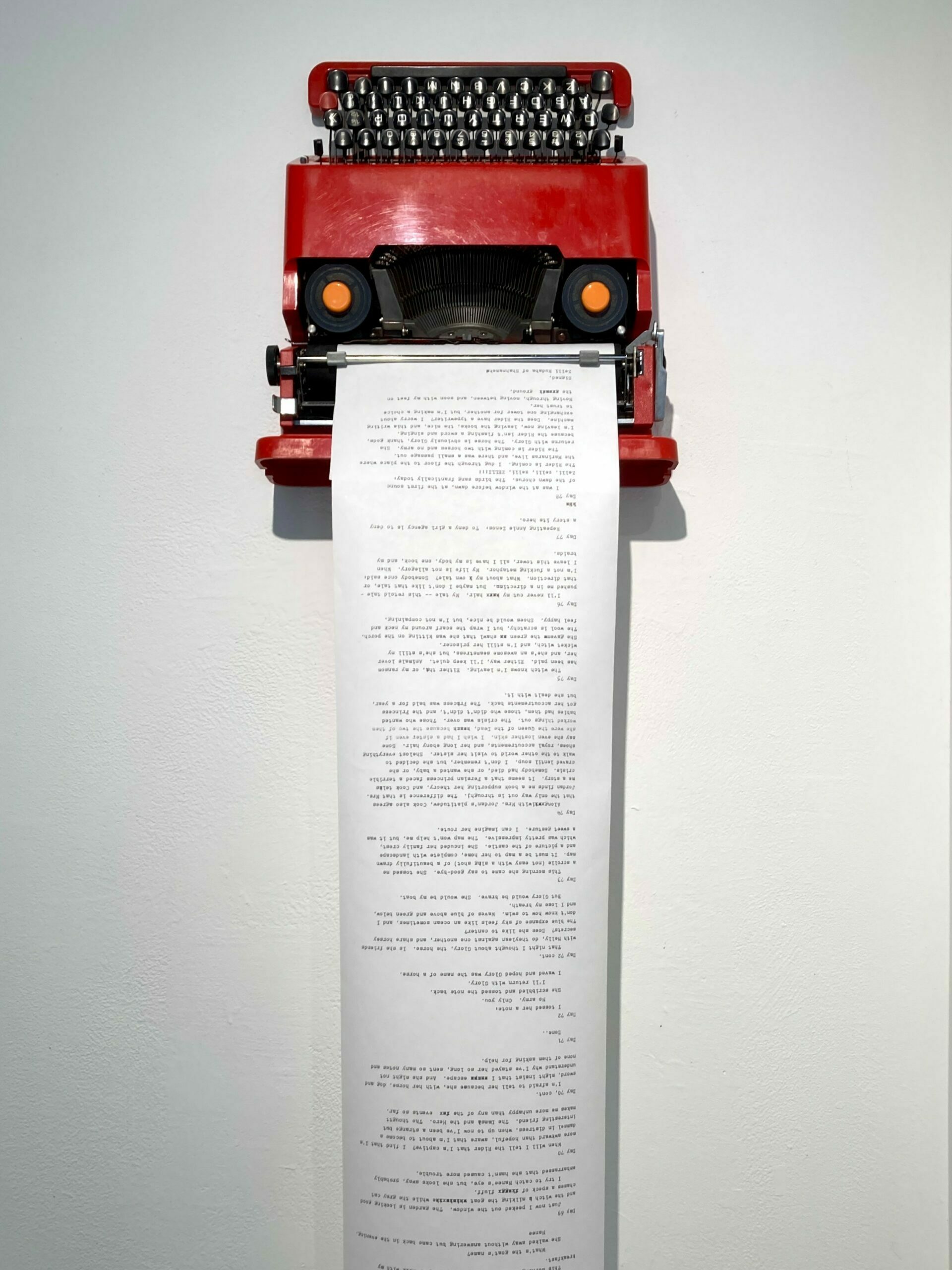
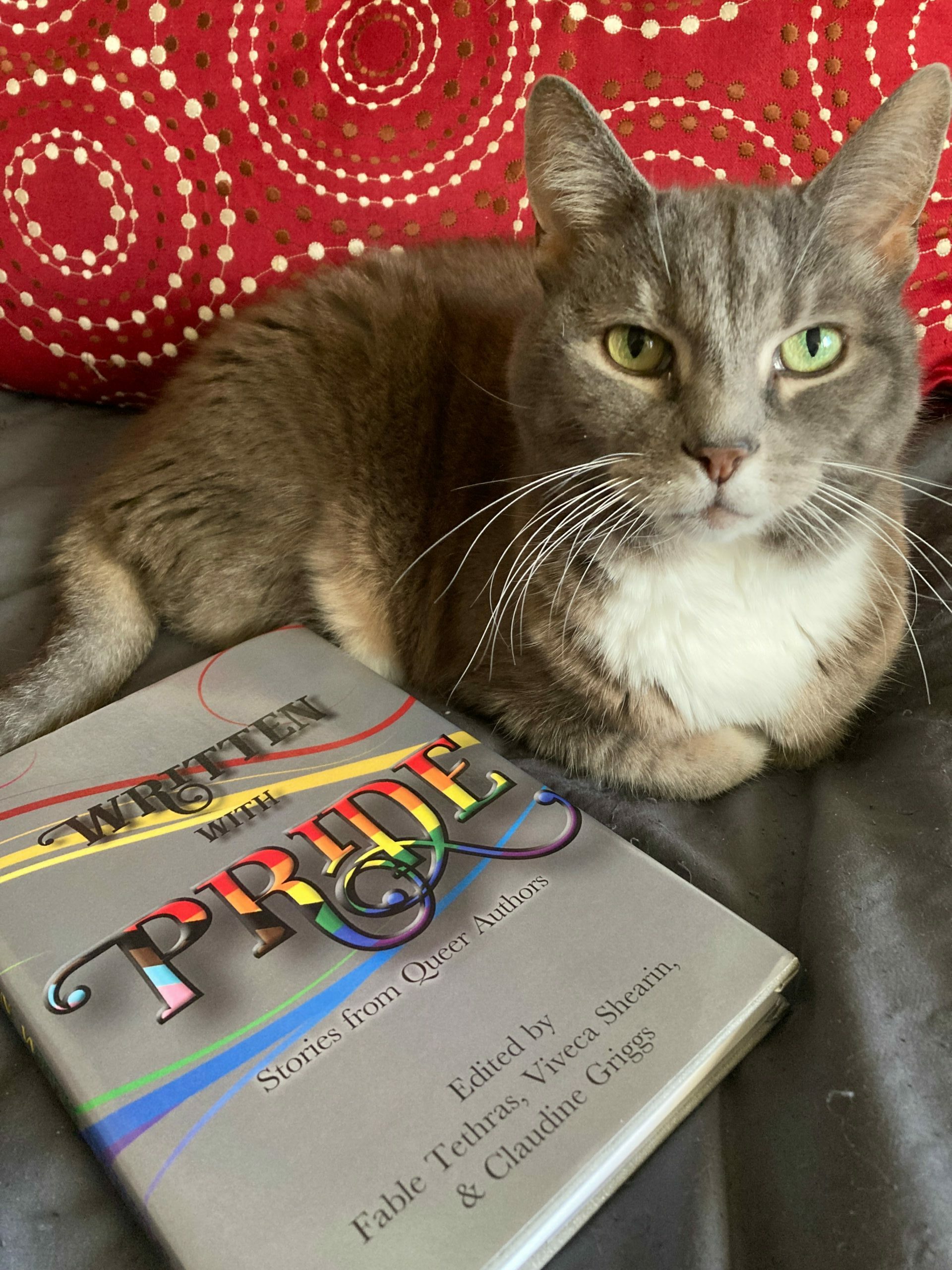
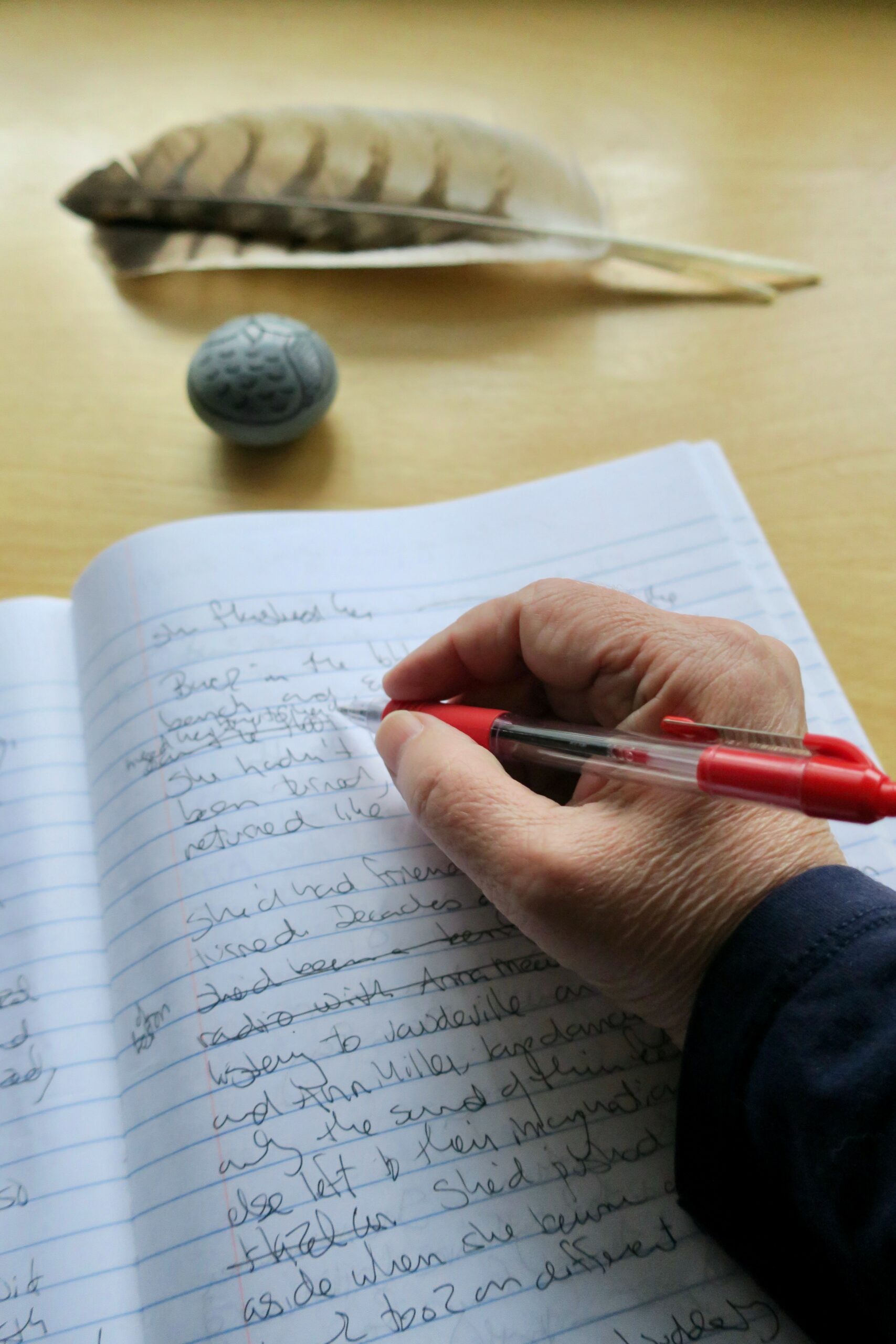
Image Credits
Most images: Marianne Connolly Final image: Tracy Marion

